
Spring is finally here! It’s not just the name that makes us feel livelier and more energetic, the start of the season brings new in-season foods to enjoy. However, if you’re not really feeling it or are lacking in energy, then changing up some foods in your diet and increasing your nutrient intake will hopefully put a spring in your step!
Clinical Nutritionist Suzie Sawyer shares her top five nutrients to improve your energy levels and suggests ways to easily get them into your diet.

Iron
The mineral iron is known to be deficient in many UK diets and this can cause lots of issues with energy. Just like all vitamins and minerals, iron has many jobs to do, but essentially, it transports oxygen around the body in the blood stream.
 The richest source of usable iron is in red meat, which many of us don’t eat. However, beans, dried fruit, chickpeas, nuts, and seeds are also good sources, so vegetarians and vegans don’t need to miss out.
The richest source of usable iron is in red meat, which many of us don’t eat. However, beans, dried fruit, chickpeas, nuts, and seeds are also good sources, so vegetarians and vegans don’t need to miss out.
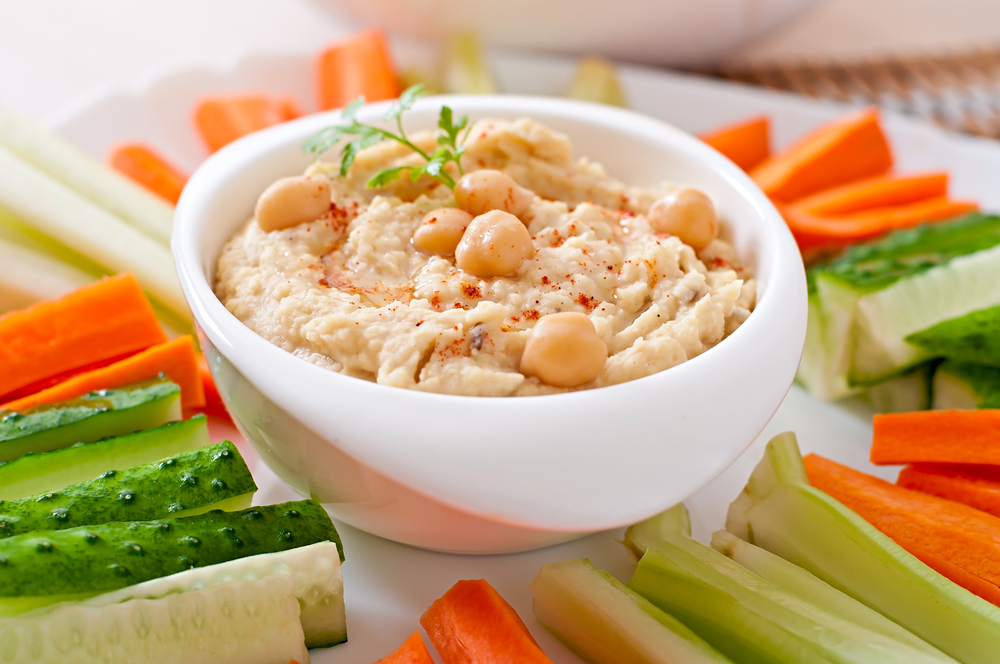 Plant-based sources of iron are slightly less available to the body though, so you can uprate this by eating these foods with others rich in vitamin C, such as strawberries, kiwis, red peppers, and lemons. Just drinking a little orange juice at the same time as eating your chickpea-rich hummus and crackers, is really going to help.
Plant-based sources of iron are slightly less available to the body though, so you can uprate this by eating these foods with others rich in vitamin C, such as strawberries, kiwis, red peppers, and lemons. Just drinking a little orange juice at the same time as eating your chickpea-rich hummus and crackers, is really going to help.
Vitamin B5
Also known as pantothenic acid, this powerhouse of a nutrient is needed to break down the fats and carbohydrates we eat to produce energy. And we could all do with some more of that!
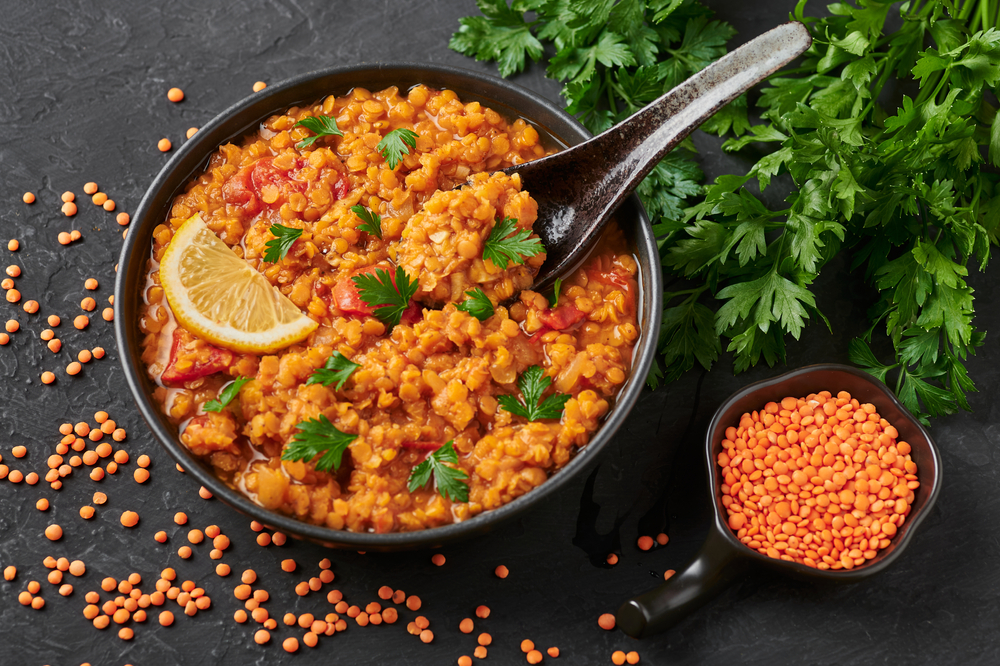
Vitamin B5 is also needed to support our adrenal glands, responsible for getting us through stressful times, so it’s certainly a nutrient to be respected. The good news is that it’s found in many foods including organ meats, fish, poultry, mushrooms, soy produce, oats, lentils, and brown rice. For a great and easy midweek meal, why not cook a Lentil Dhal? It also provides plenty of antioxidants to keep your immune system in good shape.
Biotin
Biotin is another member of the family of B-vitamins. Whilst they’re all busy helping support our energy levels, B-vitamins all work in slightly different ways, and have multiple functions.
In the case of biotin, it works with enzymes to metabolise glucose, fat, and amino acids, which helps with energy production. Biotin is also known as the ‘beauty vitamin’ so your skin and hair will benefit too as you step into spring

The best food sources are cauliflower, eggs, peanuts, mushrooms, cheese, soy produce and whole wheat. What’s nicer than a delicious cauliflower cheese with a roasted mushroom side? Mushrooms also provide some vitamin D, so your bones will benefit too.
Vitamin C
Not much happens in the body without vitamin C being involved somewhere! In the case of energy production, vitamin C is needed for a key enzyme which pushes fatty acids into the mitochondria – the energy part of every cell.
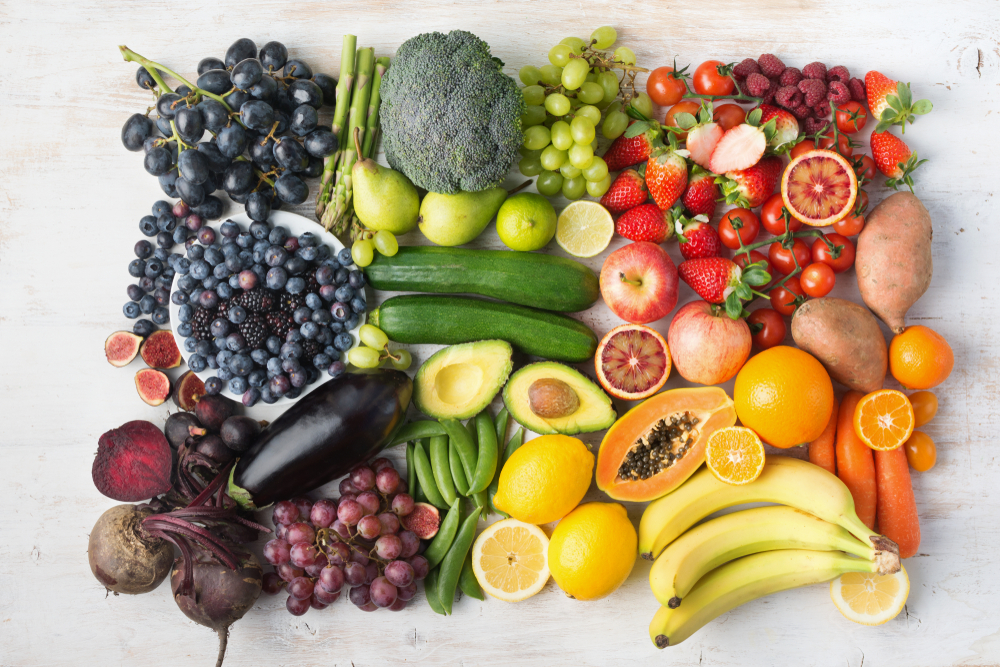
Vitamin C does numerous jobs in the body so suffice to say, load up on this vitamin for an energised new season. It’s important to enjoy a colourful diet with a wide variety of fruits and vegetables for many reasons, especially antioxidant protection. Make sure every plate contains an array of colour. Vitamin C is easily lost through storage, preparation, and cooking, hence buying from Farmer’s Markets is a good option to get the most nutrients.
Magnesium
This mineral can be slightly confusing because it helps with both energy and sleep (and much more besides). Just like all other vitamins and minerals, magnesium is involved in pretty much everything that happens in the body. And it’s found in different forms, depending on what it’s used for.

When it comes to energy, magnesium is involved in the production of ATP, our key energy-producing molecule. It’s interesting to learn that if you’re deficient in magnesium, energy will be low, and you’ll struggle to sleep too. This is because magnesium is involved in so many different enzyme reactions.
Good sources of magnesium include whole grain foods, leafy greens, nuts, seeds, avocados, soy and other fruits and vegetables.
With a few tweaks to your diet, you’ll be able to leap into spring rather than plod!
FOR MORE GREAT NUTRITION AND LIFESTYLE ADVICE:
Sign up to receive our blog and get a weekly dose of the latest nutrition, health and wellness advice direct to your inbox.
For everything you need to know about vitamins, minerals and herbs visit our sister site Vitamin Expert – your essential guide to nutrition and natural health.
Follow us on Instagram @feelaliveuk for nutrition, lifestyle and well-being tips.
Visit us at www.feelaliveuk.com for the latest offers and exclusive Alive! content.
Follow and Chat with Suzie on Twitter @nutritionsuzie
All images: Shutterstock
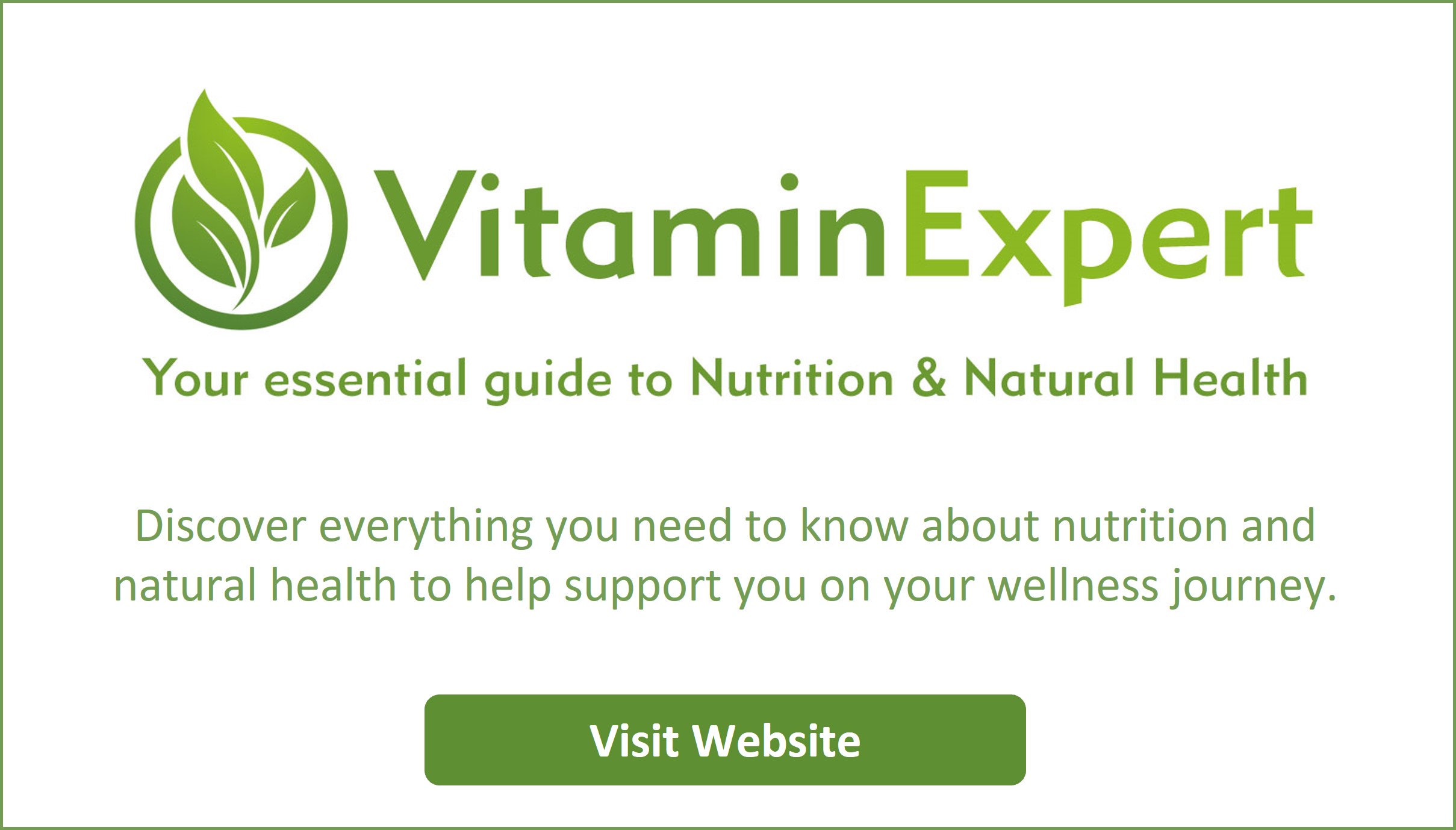



 The closer you can get to nature, the better the nutrient levels of the produce when it comes to our food chain. And with livestock, what they eat and how they live directly affects what we obtain nutritionally. Use the venison as you would any red meat but it’s exceptionally good as a burger with some new potatoes and salad or made into a delicious curry.
The closer you can get to nature, the better the nutrient levels of the produce when it comes to our food chain. And with livestock, what they eat and how they live directly affects what we obtain nutritionally. Use the venison as you would any red meat but it’s exceptionally good as a burger with some new potatoes and salad or made into a delicious curry.


























 CoQ10 is one of our key antioxidants, so it’s needed for the immune system and also for keeping bad bacteria in the mouth at bay. Interestingly, there is also a connection between gum disease and heart disease, hence another reason for really looking after oral health. It’s also the reason that CoQ10 is often taken as a supplement. If your dentist has noted some declining gum health, then it might be worth considering taking a supplement of CoQ10. It should also help energy levels.
CoQ10 is one of our key antioxidants, so it’s needed for the immune system and also for keeping bad bacteria in the mouth at bay. Interestingly, there is also a connection between gum disease and heart disease, hence another reason for really looking after oral health. It’s also the reason that CoQ10 is often taken as a supplement. If your dentist has noted some declining gum health, then it might be worth considering taking a supplement of CoQ10. It should also help energy levels.








 Interestingly, one of the many antioxidant compounds in strawberries are known as anthocyanins. They are responsible for their lovely colour and also help protect the heart from any damage and keeping it beating strongly.
Interestingly, one of the many antioxidant compounds in strawberries are known as anthocyanins. They are responsible for their lovely colour and also help protect the heart from any damage and keeping it beating strongly.
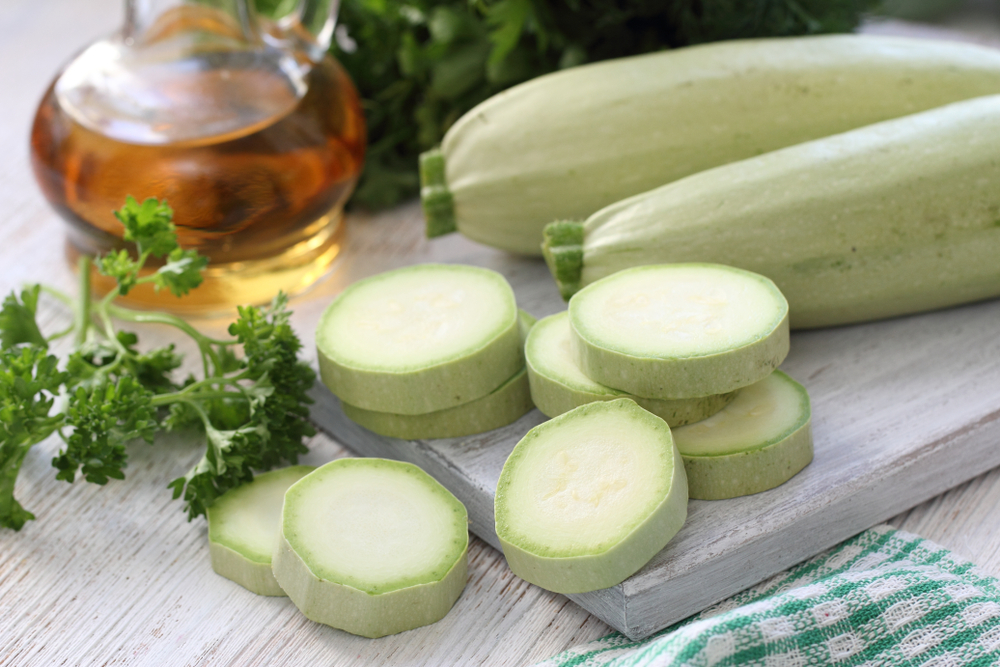








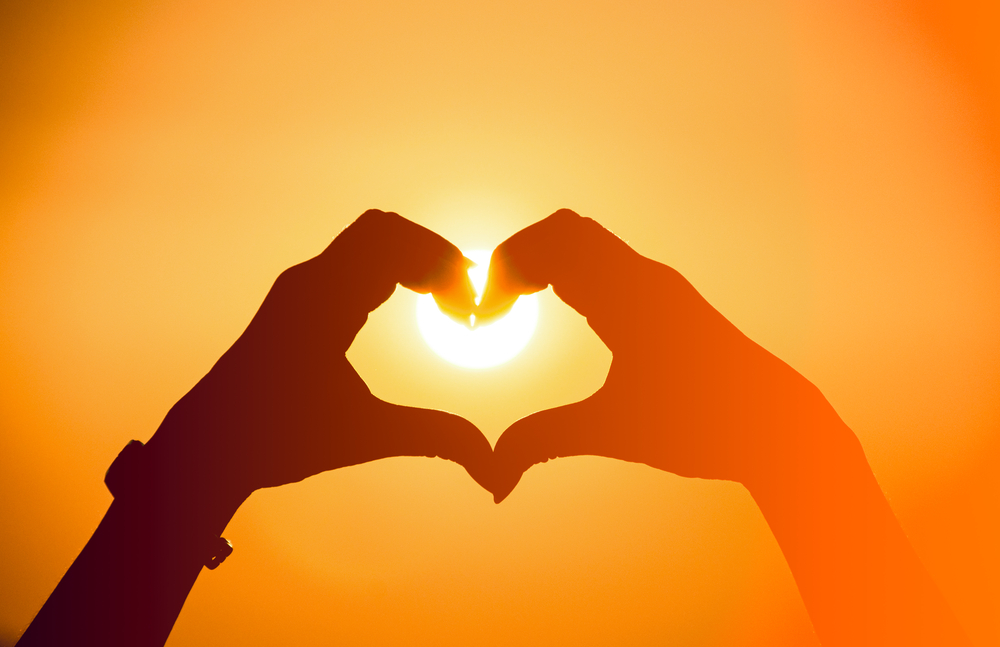 Countries located in the Northern Hemisphere who lack sunshine, such as the UK, all have populations that are equally deficient. And, whilst a sunny holiday can certainly boost levels, because the body can store it, high factor sun cream can block its absorption and we simply don’t get enough Vitamin D throughout the year.
Countries located in the Northern Hemisphere who lack sunshine, such as the UK, all have populations that are equally deficient. And, whilst a sunny holiday can certainly boost levels, because the body can store it, high factor sun cream can block its absorption and we simply don’t get enough Vitamin D throughout the year.


